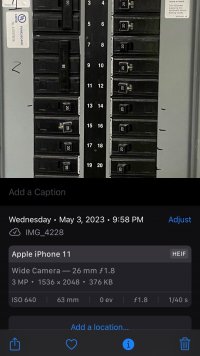Suggesting's are not code.
Unfortunately, the NEC has a lot of unwritten rules you are supposed to use for interpretation that you would never know by just reading the book.
What is an Auxiliary Grounding Electrode? It's not defined, and it could make a big difference since none of the normal rules apply to an auxiliary electrode.
What is a receptacle? They changed the definition in the 2020 code, and now a strict reading of the definition would include anything you can screw a lightbulb into - which would require GFCI protection in some areas of the house for lighting.
The requirement to install a Ufer / concrete encased electrode at any building with rebar in the foundation is based on the verbiage in 250.50 about bonding all electrodes present together. Is the rebar actually an electrode if it is not accessible to be bonded? How would you know that by just going with what the book says? Why didn't they just say "a concrete encased electrode shall be installed at every new structure with a foundation that is continuous for 20' or more."?
Are you supposed to install outlets around a kitchen island according to the 6'/12' spacing because it is a "fixed room divider" by definition? Or do you only require the Island and Peninsular Countertop outlets? I think standard practice is to just require the countertop outlets, but how would you know that by just reading the book?
The NEC has a lot of tradition around it that is not written down in the NEC itself. I think that is because it is 100 years old (or so), where our I-codes are only 20 or so. If I don't know, I usually end up going with whatever Mike Holt thinks... It ain't a great system, but it's safe for me since I can point to a recognized source...



